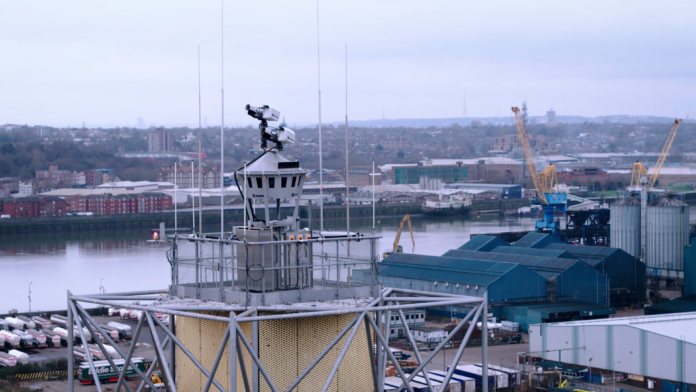

London City Airport has become the first major international airport in the world to be fully controlled by a remote digital air traffic control tower, following intensive testing and live trials of the revolutionary technology during lockdown.
All flights on the summer schedule are being guided to land or take off from the heart of the London Docklands business district by air traffic controllers based 115km away at NATS’ air traffic control centre in Swanwick, Hampshire, using an ‘enhanced reality’ view supplied by a state-of-the-art 50m digital control tower.
The technology marks a step-change in global air traffic management and will help the airport meet an expected surge in demand for flying during the summer season as COVID-19 restrictions are eased from May 17.
The multi-million-pound investment in the proven remote digital technology marks a major milestone in City Airport’s investment in its future, following the completion of new aircraft stands and a full-length parallel taxiway which became operational in December 2020.
Alison FitzGerald, chief operating officer at London City Airport, said: “We are immensely proud to become the first major international airport to adopt this pioneering technology.
This investment in smart infrastructure will help us meet future growth in passenger demand, improve air traffic management and give us enhanced capability as aviation bounces back from the pandemic.
It is also a demonstration of the commitment to innovation in the UK aviation sector and to being at the forefront of defining the future of flight.
Since going operational at the end of January, the technology has worked really well and is ready for the expected increase in demand for flights as Brits book their well-deserved summer getaways.”
Juliet Kennedy, Operations Director at NATS, said: “This is the UK’s first major digital control tower and represents a significant technological and operational achievement, especially against the backdrop of COVID-19.
Digital tower technology tears up a blueprint that’s remained largely unchanged for 100 years, allowing us to safely manage aircraft from almost anywhere, while providing our controllers with valuable new tools that would be impossible in a traditional control tower.”









